Thanh Hoa is known as one of the localities with many traditional craft villages, including craft villages and crafts that have existed and developed for hundreds of years. However, many craft villages are currently facing the risk of being lost due to the market mechanism. Therefore, preserving traditional crafts is a concern for both the people and the local government.
 Bamboo and rattan weaving craft in Chinh Trung street, Tan Phong town (Quang Xuong).
Bamboo and rattan weaving craft in Chinh Trung street, Tan Phong town (Quang Xuong).
The bamboo and rattan weaving profession in Chinh Trung Street, Tan Phong Town (Quang Xuong) has existed since 1955 and used to be a profession that attracted a large number of local people to work together, bringing a stable income. At the time of the most development of the profession, it was also the time when the labor force participated in the largest number. Almost all of them were young people with good skills at that time, supplying products everywhere. However, in recent years, the bamboo and rattan weaving profession in Chinh Trung has not developed as before, the number of skilled workers has also gradually decreased. Currently, in the locality, there are only a few households following the profession, the amount of goods produced is difficult to sell, making people wonder whether to continue or give up?
Having been involved in the profession for nearly half a century, Mr. Bui Van Bon, Chinh Trung Street, cannot help but feel sad when mentioning the profession that he has gone through many ups and downs. “My village now has only about 10 families producing, but they are mainly elderly people, the number of products made is very small and scattered. The younger generation is no longer interested in the profession, most of them work as factory workers and other jobs. My family has only me and my wife sitting and knitting every day. However, since after Tet until now, there have been no new orders, so I have to go back to farming to maintain the family's life" - Mr. Bon said. On average, Mr. Bon and his wife and other households making bamboo and rattan weaving in the locality only earn about 20,000 VND a day. Because of the meager income, many people have gradually given up the profession to find other jobs, leaving only the elderly to take advantage of their free time to earn a little extra income to help their children and grandchildren, and also because they miss the profession their ancestors left behind and cannot bear to give it up.
Xuan Hong Commune (Tho Xuan) was formerly famous for its pressed mat weaving craft. During its heyday, more than 80% of the commune's labor force participated in production and this profession was considered the main income of thousands of people at that time. At that time, every day there were trucks carrying bamboo and reed to the commune for households to use as raw materials for making pressed mat. However, facing the rapid changes of the market, pressed mat products are gradually being replaced by products made from synthetic resin and other materials, causing the profession to gradually face the risk of being lost.
Mr. Le Dinh Hao, Deputy Head of the Economic - Infrastructure Department of Tho Xuan district, shared: "Previously, pressed wicker products were mainly supplied for construction projects, but today there are many modern devices to replace them, so the demand for pressed wicker has decreased sharply. In addition, the development of plastic products has caused the pressed wicker making profession to no longer have a market to consume, the products made cannot be sold, so many people have left the profession."
It can be said that the gradual decline of traditional occupations and trades has many reasons. Partly because of the increasing demands of consumers, products need to be of better quality, designs must be more diverse... but many craft villages cannot meet that, making their products unable to compete with other modern industrial products on the market. On the other hand, working conditions in rural craft villages are still difficult, low income makes young laborers seek occupations with more stable development conditions and income. In addition, most of the workers and artisans are not regularly trained, so the processing capacity for some industries is still weak, the added value is still low...
The decline of traditional craft villages also means the loss of the long-standing culture of each locality. Therefore, the preservation, maintenance and promotion of traditional craft villages is a necessary task, not only contributing to honoring the cultural values that our ancestors left behind, but the development of craft villages also helps rural people have stable jobs and increase their income. In addition to the efforts of each craft village, it is necessary to have the support of departments, branches and localities in developing plans and policies to restore and preserve craft villages; thereby removing difficulties and obstacles, creating favorable conditions for craft villages to develop.
Article and photos: Chi Pham
Source: https://baothanhhoa.vn/tran-tro-nghe-truyen-thong-217395.htm


![[Photo] President Luong Cuong receives US Secretary of War Pete Hegseth](https://vphoto.vietnam.vn/thumb/1200x675/vietnam/resource/IMAGE/2025/11/02/1762089839868_ndo_br_1-jpg.webp)



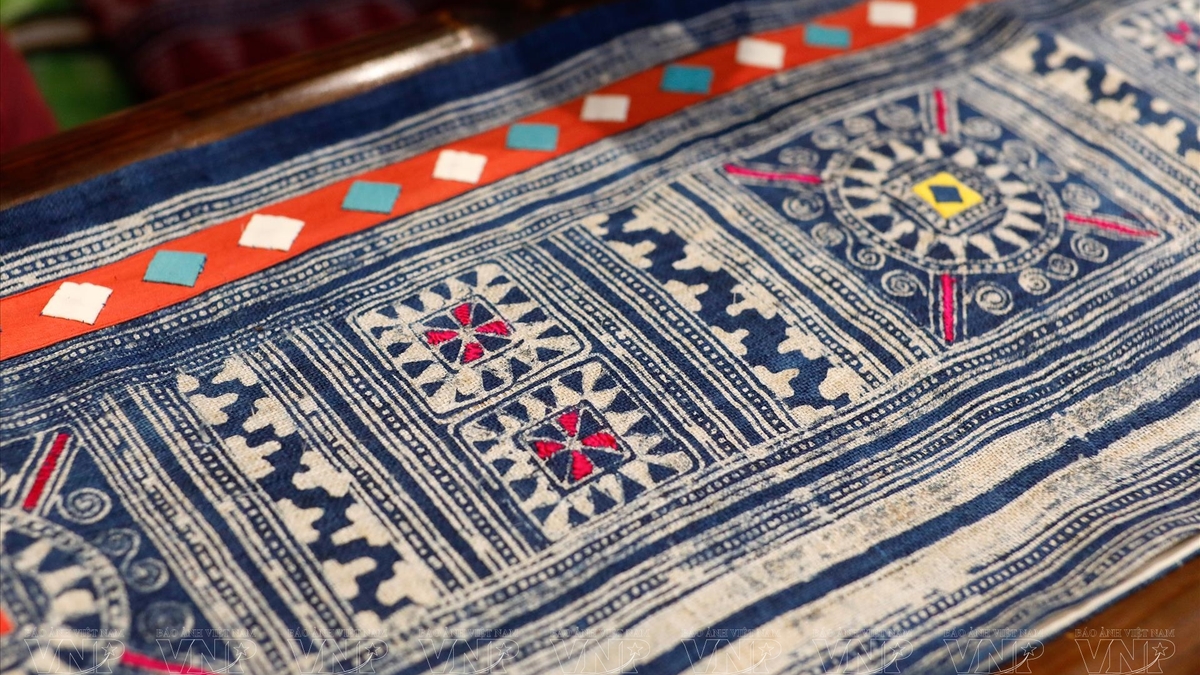

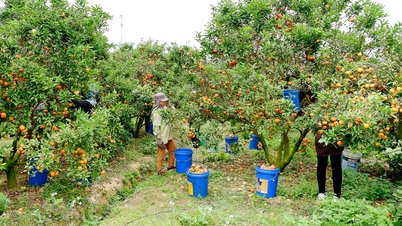















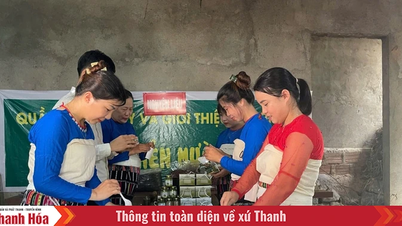





















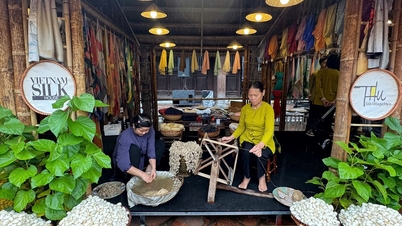




























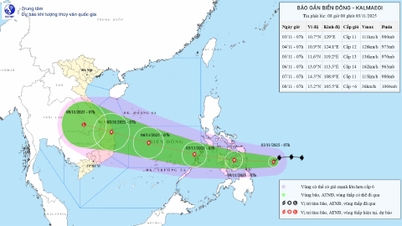








































Comment (0)